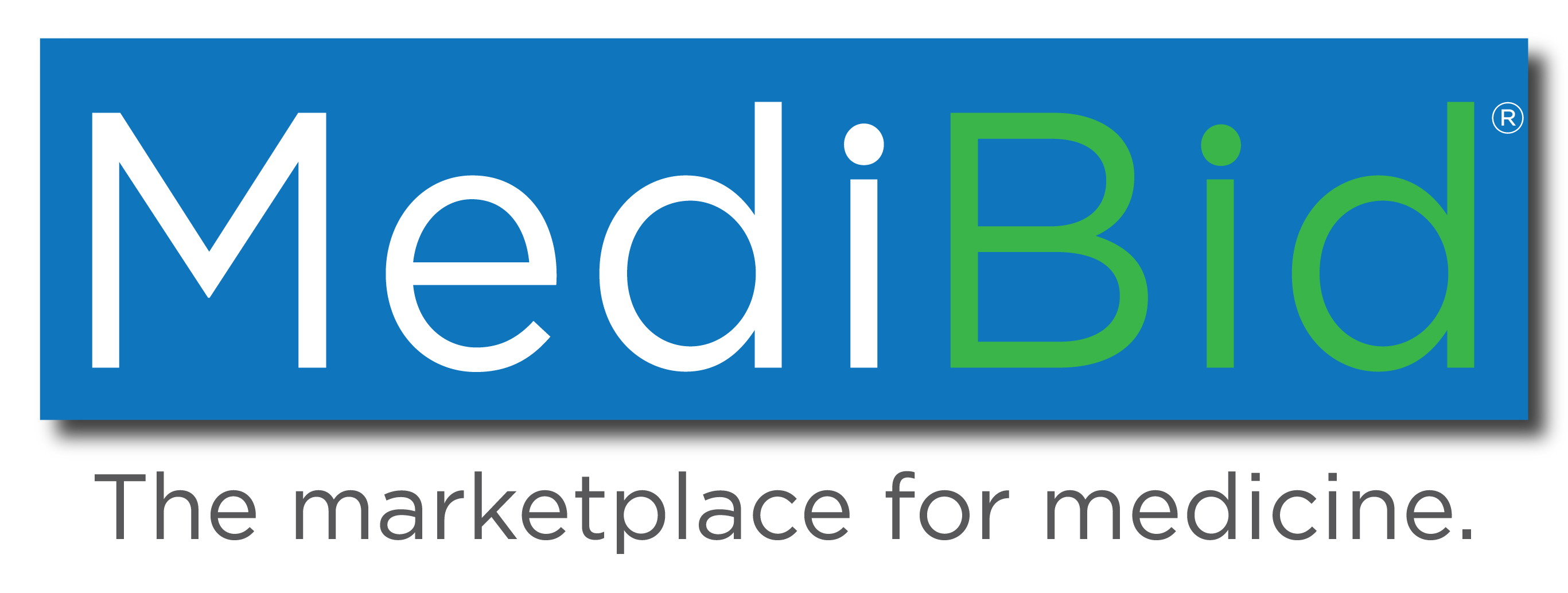Cost Effective Self-Funded Plans are Possible with MediBid
Self-funded employer healthcare plans are gaining in popularity, even among smaller employers that in the past would have considered self-funding too risky. Traditional health insurance no longer offers the value that employers and their employees look for, and many businesses are turning to self-funding a plan to restore that value. When designed properly, a self-funded employer healthcare plan can contain costs while delivering more desirable services to group members.
Self-funded employer plans have an unbeatable flexibility advantage, and MediBid has experience in creating plans that best leverage this flexibility. We can also work with third party administrators, brokers and employers directly in designing and implementing these plans.
How MediBid Builds a Better Healthcare Plan
MediBid is ahead of the curve when it comes to crafting self-funded healthcare plans. We work with third party administrators, brokers and employers directly in delivering these plans, and they can cut costs by as much as 60 percent in some cases. Better yet, these plans are generally well-received among group members and offer clear value that the company can use as a recruitment tool. Here’s what MediBid brings to a self-funded plan:
- A custom approach to plan building – MediBid takes a look at every group’s demographics before building out a plan. Important plan elements, like the deductible, copays and coverage limits can be altered to best fit the group, as long as the employer can accommodate it. This approach ensures group members get more of what they need, and less of what they don’t. It also ensures the plan is optimized from a cost effectiveness standpoint.
- A competitive marketplace – MediBid’s online healthcare marketplace is auction-driven, so providers compete with each other to attract patients. Providers offer a single, bundled price when sending a bid, so employers know exactly what the plan will pay beforehand. Further, because providers are bidding against each other, they must compete on price and quality to earn business. This allows group members to make better, consumer-driven decisions.
- The right incentives – Ideally, your employees would make frequent use of MediBid, as this would optimally contain costs. To encourage this, MediBid can place incentives in the plan that benefit the group member and the employer. For example, the plan may share a fraction of the savings with the group member, and a cash bonus is hard to turn down. Or, the plan could waive the deductible or reduce copays. There are options here, and they all help keep costs down for the employer.
Why Employers are Turning to Self-Funded Plans
For employers the choice to move to a self-funded plan is primarily an economical one, as these plans help contain costs in several ways. Self-funded healthcare plans can be underwritten, and if the employer group is a healthy one, it will drop the cost. Self-funded plans are also not subjected to the same mandates that fully-insured plans are, and employers can choose what to cover and what not to cover. It all adds up to significant cost containment.
That’s not all, though, because with traditional plans, it’s impossible for smaller employers to analyze their claims and use that data effectively. All the employer knows is what they’re paying in premiums, but that says nothing about what claims are being paid out. With self-funded employer healthcare plans, claims data is readily available, so employers can adapt their plans so that they provide even more value.
It’s difficult to argue with the self-funded plan advantage, and it’s easy to see why employers are opting for it. According to the Employee Benefit Research Institute, about 40 percent of private sector employees were part of a self-funded plan in 1998. In 2011, that number had shot up to 60 percent. As healthcare premiums continue to rise with no end in sight, it will likely continue trending up.
The Risk of Self-Funding a Plan is Overstated
Although employers are opting for self-funded plans more than ever, some are concerned about the risk of sustaining too many expensive claims at once. It is true that smaller employers are more affected if their employees suffer a bad run of health, but this risk can be managed with stop loss insurance.
With stop loss insurance, employers set a plan limit per employee and for the entire group. For instance, the plan can be limited to $10,000 per employee and $100,000 per group. If a single employee submits more than $10,000 in claims, stop loss insurance covers everything that exceeds the limit. This is also true of the group, should multiple employees run up their coverage maximum over the course of the year.
Stop loss insurance allows employers to set their desired level of risk, so they can have the flexibility and cost containment that comes with a self-funded plan. Where self-funded health plans were once only practical for employers with more than 1,000 employees, the average plan now covers a few hundred group members, with some covering as few as 25. As the cost of health benefits continues to increase and stop loss insurance providers become more widespread, more small employers will likely join the ranks of the self-insured.
MediBid is there for any employers considering the move to a self-funded model. With easy to understand coverage, a competitive marketplace and better value, MediBid offers a compelling alternative to outdated, fully insured plans.





